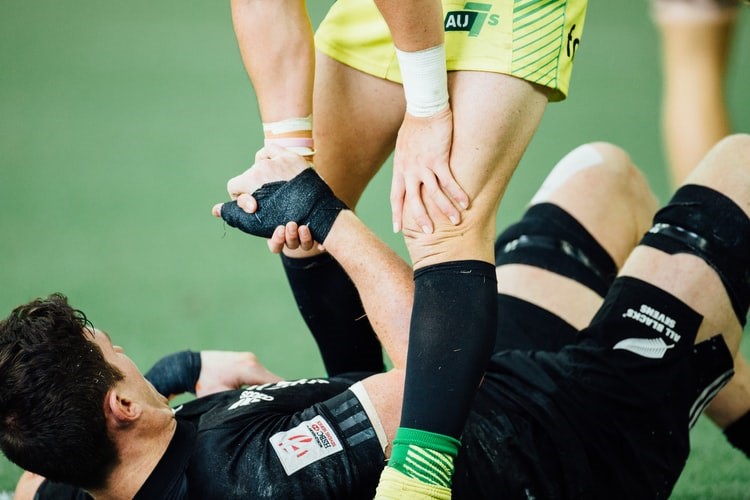The soft tissue that connects your pelvis to the outer portion of your knee is called the hamstring muscle. This muscle is responsible for straightening and bending your leg.
What Is A Hamstring Pull?
Hamstring strains or pulls occur when the hamstring muscles get damaged or inflamed because of excessive force being applied to them.
The most common cause of a hamstring pull is overuse of the muscle during sporting activities like running or jumping. It is one of the most disabling injuries for football players, as it requires them to be off the field for a considerable amount of time.
Causes Of A Hamstring Pull
Although a hamstring strain is generally seen as the result of overuse, it can also occur suddenly when the muscle is overstretched without proper warm-up exercises. This can cause the player to overstrain the muscle while running, jumping, skipping, or kicking.
A hamstring pull could also be the result of weak glutes. Both of these muscles work in coordination with each other. If the glutes are weak, the hamstring can become overloaded when used, leading to strain.
Symptoms Of A Hamstring Pull
People who experience a hamstring pull might feel pain at the back of their thigh. This pain can get worse if the person goes through regular physical activities without seeking treatment. The muscle can then become inflamed and swell up—this can eventually cause a severe case of muscle spasms.
On the other hand, when a sudden movement causes the injury, the pain will manifest periodically. If you’ve suffered a hamstring pull, you’re likely to feel stiffness and aches at the site of the injury. The pain will be more apparent when you wake up in the morning, making your knee joint feel weak.
Treating a Hamstring Pull
Getting an adequate amount of rest is essential for your hamstring to heal. Rest is also crucial if you want to decrease the recovery time and prevent any further injuries to your hamstring muscle. A new injury can prolong the treatment and increase the discomfort multifold.
To administer first aid to someone who experiences a hamstring pull, apply ice to reduce the inflammation and swelling. You need to use the RICE method (Rest, Ice, Compression, and Elevation). This is a crucial step that needs to be performed in the first 72 hours of the injury. The injured area needs to be well-rested with restricted blood flow to prevent further inflammation.
If the inflammation doesn’t decrease, you need to see your physical therapist for further treatment.
If you require more details about sports injuries and how to provide first aid, you can get in touch with our experts at Metro Safety. We provide first aid and emergency response training in British Columbia. You can visit our website to learn more details about our services.







